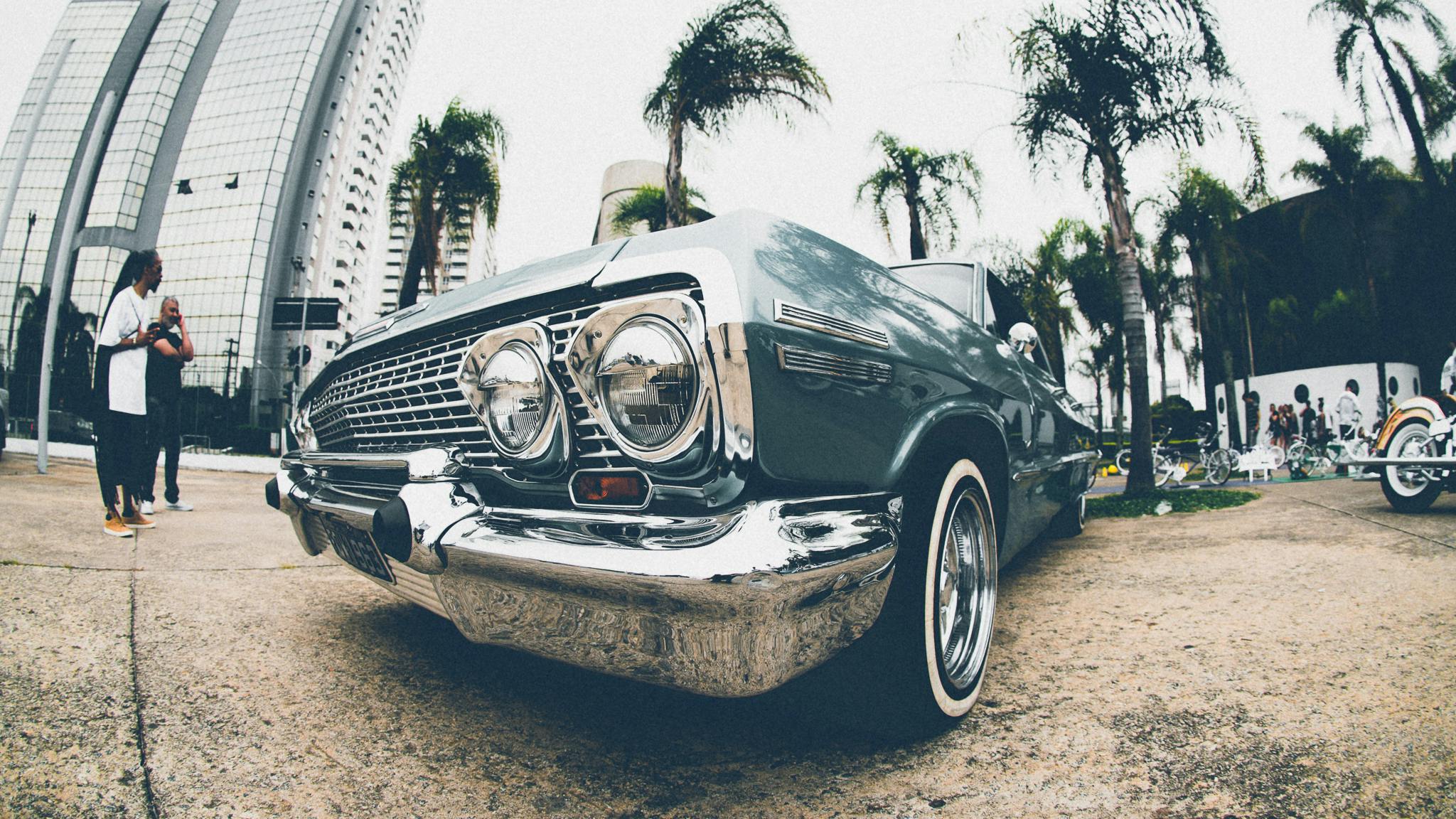
Nostalgia for Formula 1: 1988 Japanese Grand Prix
Website design By BotEap.comThe 1988 Formula 1 season was dominated by the Honda-powered McLarens; the newly formed partnership that resulted in the most successful car in Formula 1, the unstoppable (and almost unbeatable) McLaren Honda MP4/4.
Website design By BotEap.comThe year also saw the birth of arguably the sport’s greatest rivalry between teammates: Brazilian Ayrton Senna and Frenchman, and later two-time world champion, Alain Prost. It was Senna’s first year with McLaren and he and his team-mate combined to win 15 of 16 races, including the decisive World Championship victory in Brazil at the 1988 Japanese Grand Prix.
Website design By BotEap.comAs the McLaren pair dominated the season, tension grew between the sport’s top drivers and reached boiling point during the Portuguese Grand Prix when the enthusiastic Senna tried to block Prost from taking the lead and nearly sent his teammate of equipment crashing into the pit wall. Prost managed to outmaneuver Senna and take the lead, but did not appreciate the aggressive running style of his young opponent.
Website design By BotEap.comThe penultimate race of the season came to the challenging and winding circuit in Suzuka, Japan, which was built in 1962 by Honda as a test facility and featured a unique figure-eight layout. Race day was set for the epic showdown with Senna and Prost wheel to wheel in the battle for the Championship.
Website design By BotEap.comSenna, beating Prost in qualifying by almost half a second, took his 12th pole position of the year, with both taking McLaren’s 11th grid stop of the season. On the second row of the grid was the only non-McLaren race winner in 1988, Ferrari’s Gerhard Berger in third with Ivan Capelli in March-Judd next to him. Reigning world champion Nelson Piquet and local hero Satoru Nakajima, both in a Lotus-Honda, could only manage fifth and sixth place respectively.
Website design By BotEap.comWhen Senna released the clutch, her engine died. It would be the only unsuccessful outing for him that year. With the championship on the line, the polesitter sat motionless on the grid as the other drivers passed him. But thanks to Suzuka’s sloping grid, he was able to start his car and start fourteenth. With his rival in the lead, the determined and unwavering Brazilian found his rhythm and recovered six places in his first lap.
Website design By BotEap.comBy lap four, Senna had moved up to fourth and his battle with Prost for supremacy was back on, while the battle for second raged between Berger and Capelli until the fuel-challenged Austrian , handed over second place to Capelli who had set the fastest lap of the race.
Website design By BotEap.comWhen it started to rain, Senna showed his command of wet weather racing by chasing down the leaders, while Prost missed a gear coming out of the final chicane, allowing Capelli to seize his opportunity and take the lead, becoming the first naturally aspirated car to lead a race. Grand Prix since 1983. His first place finish was short-lived, however, as his Judd proved no match for the turbocharged Honda and the Frenchman regained and held the lead, while Capelli retired three laps later with an electrical fault.
Website design By BotEap.comMeanwhile, Senna was quickly catching up with Prost as the pair made their way through the backmarkers, until the future World Champion took advantage of lap 27 to overtake his teammate and take the lead for victory. It was a pure racing grand prix, with the young Senna, undeterred by the older and more experienced Prost, beating his team-mate to spectacularly secure his first Formula 1 World Championship.